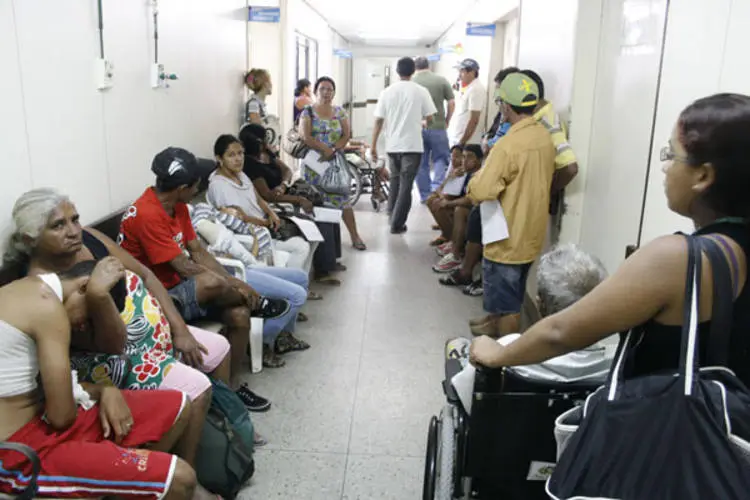Over the last 34 years, Brazil has achieved a remarkable feat in healthcare by increasing its number of doctors fourfold.
This surge has led to a record-high of 2.81 doctors per thousand citizens, making Brazil a leader in healthcare provision.
This expansion ranks Brazil second globally for the quantity of medical schools, as reported by the Federal Council of Medicine (CFM).
In 1990, Brazil had 131,278 doctors. Today, there are 575,930. This growth outpaced the population increase, which was 42 percent, from 144 million to 205 million.
As a result, the ratio of doctors to the population has significantly outstripped the overall population growth.
This growth in healthcare professionals aligns Brazil with countries like Canada, and it surpasses the United States, Japan, South Korea, and Mexico in doctor-to-population ratios.

A key driver of this growth has been the broadening of medical education over the last two decades, alongside rising demand for health services.
Brazil now boasts 389 medical schools, a near fivefold increase from 1990.
The last decade saw the establishment of 190 new medical schools, surpassing the total of the previous century.
Despite these gains, challenges remain in evenly distributing these medical professionals across Brazil.
Doctor concentration in the regions
The concentration of doctors tends to be higher in the South and Southeast regions and in metropolitan areas, attributed to better working conditions.
The Southeast, for example, has 3.76 doctors per thousand people, hosting 51 percent of all doctors but only 41 percent of the population.
In contrast, regions like the North and Northeast, along with less affluent municipalities, face a scarcity of doctors.
The North has the lowest doctor-to-population ratio at 1.73, far below the national average.
The Northeast’s ratio stands at 2.22, with 19.3 percent of the doctors serving 26.8 percent of the population.
This imbalance highlights the need for a more equitable distribution of healthcare resources across Brazil.
The CFM stresses the importance of addressing these disparities to ensure that all Brazilians have access to quality healthcare services.

